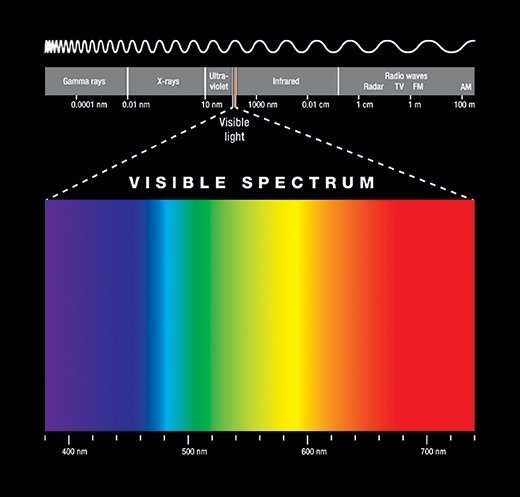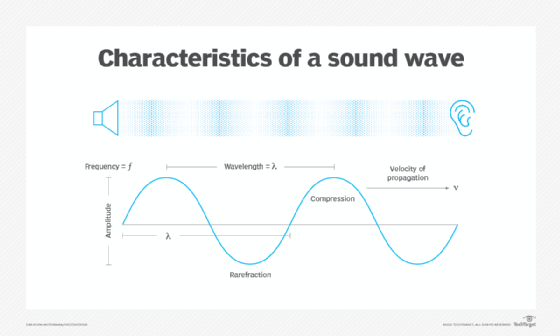megahertz (MHz)
What is megahertz (MHz)?
Megahertz (MHz) is a unit multiplier that represents one million hertz (106 Hz). Hertz is the standard unit of frequency in the International System of Units (SI). It is commonly used as a measure for electromagnetic (EM) radiation and vibrations such as sound. Hertz is also used as a measure for microprocessor clock speeds, although its application is slightly different from that defined in the SI standard.
The hertz as a unit of measure is named after Heinrich Hertz (1857-1894), a German physicist whose experiments demonstrated the existence of EM radiation, thereby confirming James Clerk Maxwell's theory of electromagnetism.

What does hertz describe?
The hertz unit describes the frequency of wave cycles such as those found in radio waves and sound waves. It indicates the number of cycles that pass through a given point in one second. The SI standard defines a hertz as one wave cycle per second, which provides a baseline for measuring the frequencies of varying waves. For example, if 200 cycles pass through a point in one second, the wave is said to have a frequency of 200 Hz.
Most frequencies are much higher than this. Multipliers such as megahertz make it simpler to reference larger amounts. It's easier to work with a figure such as 1 MHz than 1,000,000 Hz or 100 MHz than 100,000,000 Hz. Other common multipliers include kilohertz (kHz), which equals 1,000 Hz or 0.001 MHz, and gigahertz (GHz), which equals 1,000,000,000 Hz or 1,000 MHz.

Megahertz in action
Frequencies on the EM spectrum can range from a few hertz to many septillions (1025 Hz or more). Those that fall between 1 MHz and 999 MHz are part of the radio wave range at the lower end of the EM spectrum. A radio wave with a frequency of 1 MHz is near the center of the AM broadcasting band. A radio wave with a frequency of 100 MHz is near the middle of the FM broadcasting band.
Wave frequencies are inversely proportional to their wavelengths. A wavelength is a measure of the distance between a wave's consecutive crests. The shorter the wavelength, the higher the frequency. The longer the wavelength, the lower the frequency. For example, an EM wave with a 1 MHz frequency has a wavelength of 300 meters, or about 980 feet. A wave with a 100 MHz frequency has wavelength of only 3 meters, which is a little less than 10 feet.

Megahertz and sound waves
Megahertz is also used in measuring sound waves that exceed the range of human hearing, which is about 20 Hz to 20 kHz. Sounds that are greater than 20 kHz are referred to as ultrasound, which can exceed 200 MHz. Some nonhuman animals can hear sounds in the ultrasound range -- including cats, dogs, bats and beluga whales -- but even they tend to be at the lower end of the ultrasound spectrum.
However, ultrasounds in the megahertz range are used extensively for medical purposes (e.g., medical imaging). Most ultrasound equipment uses frequencies between 2 MHz and 18 MHz. The greater the frequency, the better the imaging resolution. The lower the frequency, the deeper the sound can penetrate the body, but at the expense of the higher resolution.

Hertz and computer components
Hertz is also used as a performance metric for computer hardware components such as CPUs, buses and interfaces. For example, the clock speed of a computer's CPU is typically reported in hertz.
At one time, megahertz was used extensively to describe clock speeds, but now gigahertz is more commonly used because processors are much faster. Hertz is also used in bandwidth measurements for high-speed digital data, analog and digital video signals, and spread spectrum signals.
Explore the differences between Citizens Broadband Radio Service vs. Wi-Fi, CPU vs. microprocessor and Wi-Fi 6 vs. Wi-Fi 6E.





